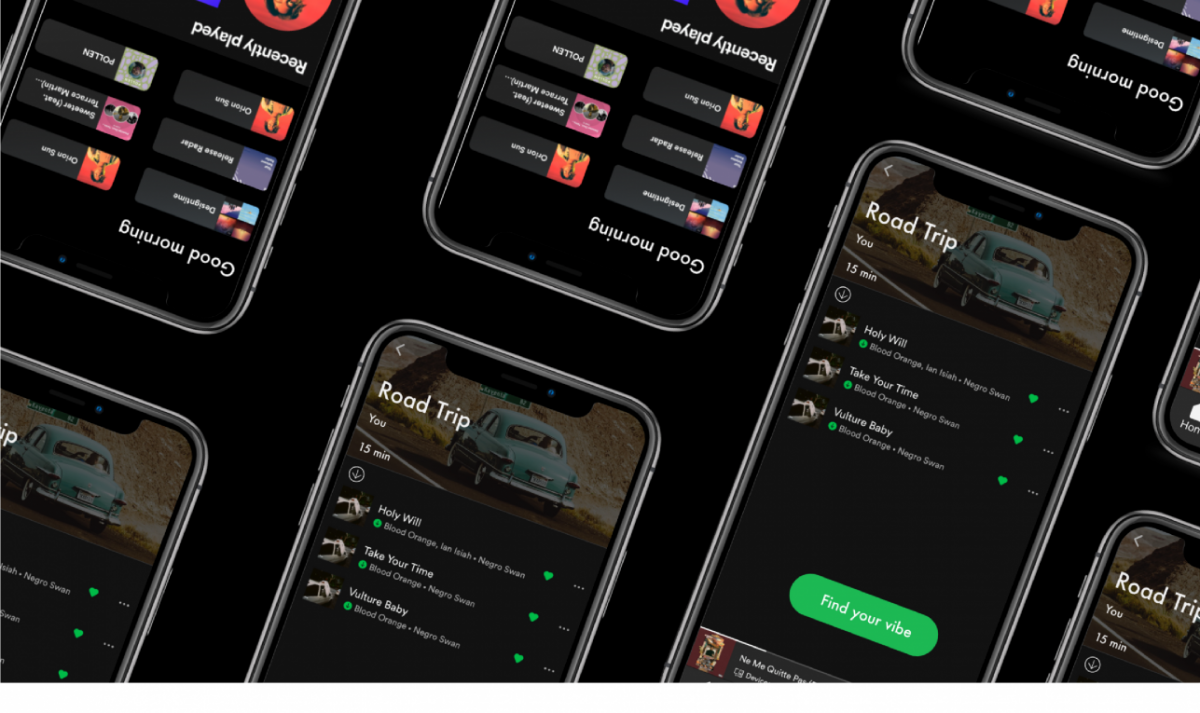Spotify has become a household name for music lovers around the world and with the recent release of The Playlist on Nexflix it’s become even more of a sensation. It is a music streaming service that offers millions of songs at the click of a button, available to be streamed or downloaded to any device. But how did Spotify come to be? In this article, we’ll take a closer look at the history of the company and how it became the leading music streaming service.
The Early Years of Spotify
Spotify was founded in 2006 by Daniel Ek and Martin Lorentzon, two entrepreneurs from Sweden. The idea for the company came about when Ek was trying to figure out a way to combat music piracy, which was rampant at the time. He believed that if people had access to a legal, affordable, and convenient music streaming service, they would be less likely to pirate music.
Initially, the founders faced several obstacles in launching the service. They struggled to secure funding and faced resistance from record labels that were hesitant to embrace digital music streaming. However, in 2008, they were able to secure licensing deals with major record labels, which allowed them to launch the service in Sweden.
Spotify Launches in the UK and the US
After a successful launch in Sweden, Spotify expanded to the UK in 2009. This was a significant move, as the UK is one of the largest music markets in the world. Within a year, Spotify had over a million users in the UK and was gaining momentum.
In 2011, Spotify launched in the United States, which was a major milestone for the company. The US is the world’s largest music market, and breaking into it was a significant achievement. Despite facing stiff competition from established players like Pandora and Apple Music, Spotify quickly gained a foothold in the US market and started to grow rapidly.
Spotify’s Growth and Expansion
Since its launch, Spotify has grown to become the largest music streaming service in the world, with over 365 million active users and over 70 million songs available. It has expanded its reach to over 90 countries, including emerging markets like India and Africa, and has become an essential tool for music discovery and promotion.
In recent years, Spotify has diversified its offerings beyond music, with podcasts becoming a significant part of its platform. It has also introduced new features like personalized playlists, which use machine learning algorithms to create playlists tailored to each user’s musical tastes.
Conclusion
Spotify’s success can be attributed to its innovative business model, which allowed it to offer a legal, affordable, and convenient music streaming service. The company has been able to adapt and evolve with the changing music landscape and has continued to innovate with new features and offerings. Today, Spotify is more than just a music streaming service; it is a cultural phenomenon that has changed the way we listen to and discover music.









